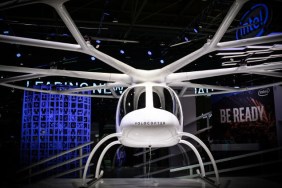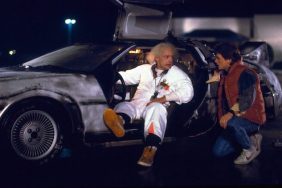Photo: Sony Pictures
Wouldn’t it be nice if you could send for a rideshare service, but avoid the headache of traffic jams? Well, UK-based engine producer Rolls-Royce might just have the remedy for your woes.
The British aerospace titan recently released their flying taxi prototype during the Farnborough International Airshow 2018 in London to much fanfare, with hopes it will be flight worthy come 2020.
“In this market, you will see something like this flying within three to five years, and we will demonstrate the system in two years. At the end of next year we will be flight-ready,” the head of the company’s electrical team, Rob Watson, told the media.
From personal transport to public transport. Find out how our hybrid electric vertical take-off and landing (EVTOL) concept could pioneer the power of tomorrow https://t.co/6NLn3NjBqT #FIA18 pic.twitter.com/PIEtfQOAsC
— Rolls-Royce (@RollsRoyce) July 15, 2018
The currently unnamed flying taxi would use electric vertical take-off and landing (EVTOL), similar to military aircraft like the Harrier Jump Jet and V-22 Osprey, both of which had their engines designed by Rolls-Royce.
“Electrification is an exciting and inescapable trend across industrial technology markets and while the move to more electric propulsion will be gradual for us, it will ultimately be a revolution,” said Watson.
While the first version of Rolls-Royce’s flying taxi will need a professional pilot, the hope is that the four-to-five passenger vehicle will eventually be autonomous and be available for purchase as a ‘personal aircraft’.
The flying taxi will reportedly be able to land in rather small spaces thanks to wings that can rotate 90-degrees and will be able to fly around 500 miles at a top speed of 250MPH before literally needing to charge its batteries.
However, despite the concept, Rolls-Royce says they are still in a ‘research’ stage and are awaiting final word from financial partners before entering into any types of production.









